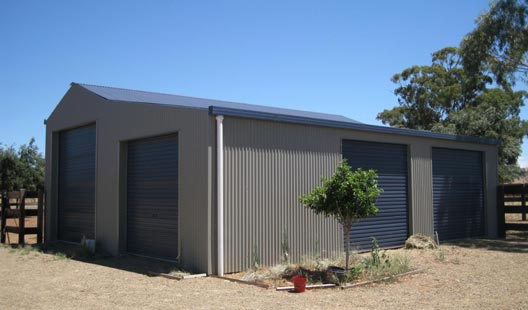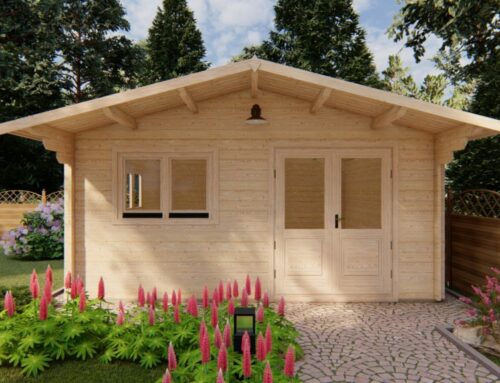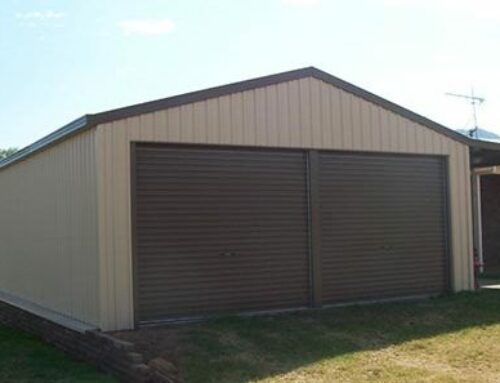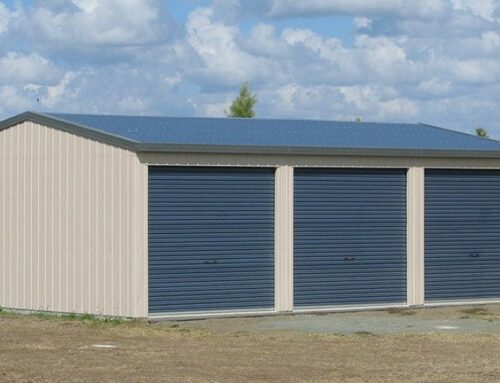Introduction
Sheds are used for storage and shelter. They can be used to store parts, tools, equipment or even excess inventory. Sheds come in different sizes and styles so it’s important to know the type of shed you need before buying one. Here are some things to consider before buying a shed kit:
Location
The first thing that you should think about is where you’re going to put the shed. The best place for it is in an area that gets plenty of sunlight, but not so much that it gets too hot. You also want to make sure the location isn’t shaded by trees or other structures because this can cause moisture problems in the wood (not ideal).
If possible, try and locate your shed near a driveway or path so it’s easy for you and friends/family members to get their tools out of storage when they need them.
Size
The size of your shed is a key consideration. If you’re looking to store a small lawnmower and some gardening tools, then a large shed probably isn’t necessary. On the other hand, if you want to store several cars or boats in your new shed, then it’s important that the building be large enough to accommodate them. It’s also worth thinking about how much space you’ll need for other items in addition to what will go into the shed; for example, will there be room for a workbench or tools? How about extra storage space? Sheds can come in all sizes so being sure about what size would best suit your needs will help ensure that it fits perfectly on its designated spot and doesn’t take up too much room when not needed (and vice versa).
Material
- Wooden sheds – These are the most popular and cost-effective options when it comes to sheds. They have the advantage of being easy to assemble and providing a solid base for storage, which is why they’re often used as garden tool stores or workshops.
- Metal sheds – These are very durable and provide an excellent level of protection against the elements, but they can be difficult to remove once they’re in a place as well as heavy to transport compared with other options such as plastic or timber (which means you might want help when it comes time for assembly).
- Plastic/fibreglass/timber – These tend to be lightweight yet sturdy enough not only for storing items but also tools like lawnmowers or bikes if that’s what you need them for more often than anything else!
Foundation options
You’ll want to choose a solid foundation for your shed. The best option is a concrete slab, though you can also opt for a concrete block or pier foundation, or even a pad foundation (which just means you’ll use the ground as your base). Regardless of which type you choose, make sure that it’s level and secure before building your shed on top of it. If you’re going with an above-ground structure like an A-frame shed, check local building codes for any specific requirements regarding foundations.
Roofing
The roofing system is the most important part of your shed. It keeps the elements away from your possessions, so it’s important to choose correctly. Roofing materials can be made from metal, wood or shingles, and each has its pros and cons—metal roofs are more durable than other materials; wood roofs are cheaper than metal; shingle roofs look great if done right but aren’t as durable as some of their counterparts.
What will you be using the shed for? If you’re just storing tools or small equipment, a basic roof is probably all you need. If you’re planning on keeping livestock or other large items in your shed, though, it may be worth investing in something more sturdy.
Conclusion
While it may be tempting to go out and buy a shed kit, there are some important things to consider. The location of your shed will be the most important factor, as well as its size of it. You also have to think about what kind of material you want your shed made from and if you want an enclosed or open-air building. Having a good understanding of these factors will help ensure that your new structure is built exactly how you want it!
















